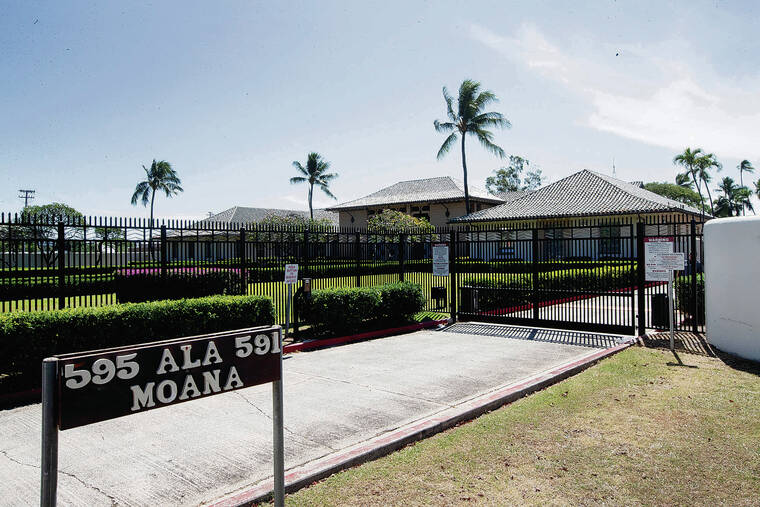HILO, Hawaii — Scientists are teaming up with students at the Volcano School of Arts and Sciences to better study ambrosia beetles, a potential transmitter of the tree-killing disease rapid ohia death.
HILO, Hawaii — Scientists are teaming up with students at the Volcano School of Arts and Sciences to better study ambrosia beetles, a potential transmitter of the tree-killing disease rapid ohia death.
Kenneth Puliafico, a volunteer with the U.S. Forest Service, said the project is an example of citizen science, the Hawaii Tribune-Herald reported Sunday.
Puliafico said students at the Volcano public charter school collected beetles at home during the past week using homemade traps. Students then brought their traps back to school and examined the contents under a microscope — helping researchers get a snapshot of which of the 52 ambrosia beetle species in Hawaii occur in which parts of the island.
Puliafico said the Volcano School of Arts and Sciences students hail from a wide geographic area, from “Discovery Harbor to lower Puna to everywhere in between.”
“There are so many other species, we’d like to get a sense of the distribution of the beetles throughout the islands,” Puliafico said. “For us as scientists, this is a great opportunity to get a sample in a way that we wouldn’t be able to do without hiring 60 people to put out traps ourselves. This way, we can teach the kids about some insects — and give them a hands-on look at what we are trying to do — and also help them collect some data for us about where the insects occur and how many.”
The beetles themselves don’t carry the disease but researchers think they might be spreading the fungus via windborne sawdust created when they drill in dead and dying trees. Puliafico said about six ambrosia beetle species have been linked to the dead and dying ohia trees.
The disease was islandwide as of September, when it was detected on a private ranch in North Kohala. It hasn’t been reported on any other island, but the Kohala detection prompted worry it could spread through wind-borne fungus to other parts of the state including Maui.
———
Information from: Hawaii Tribune-Herald, http://www.hawaiitribune-herald.com/

Subscribe today for unlimited access.
Already a subscriber?
Login
Not ready to subscribe?
Register for limited access.
If you have a print subscription but require digital access,
activate your account.




